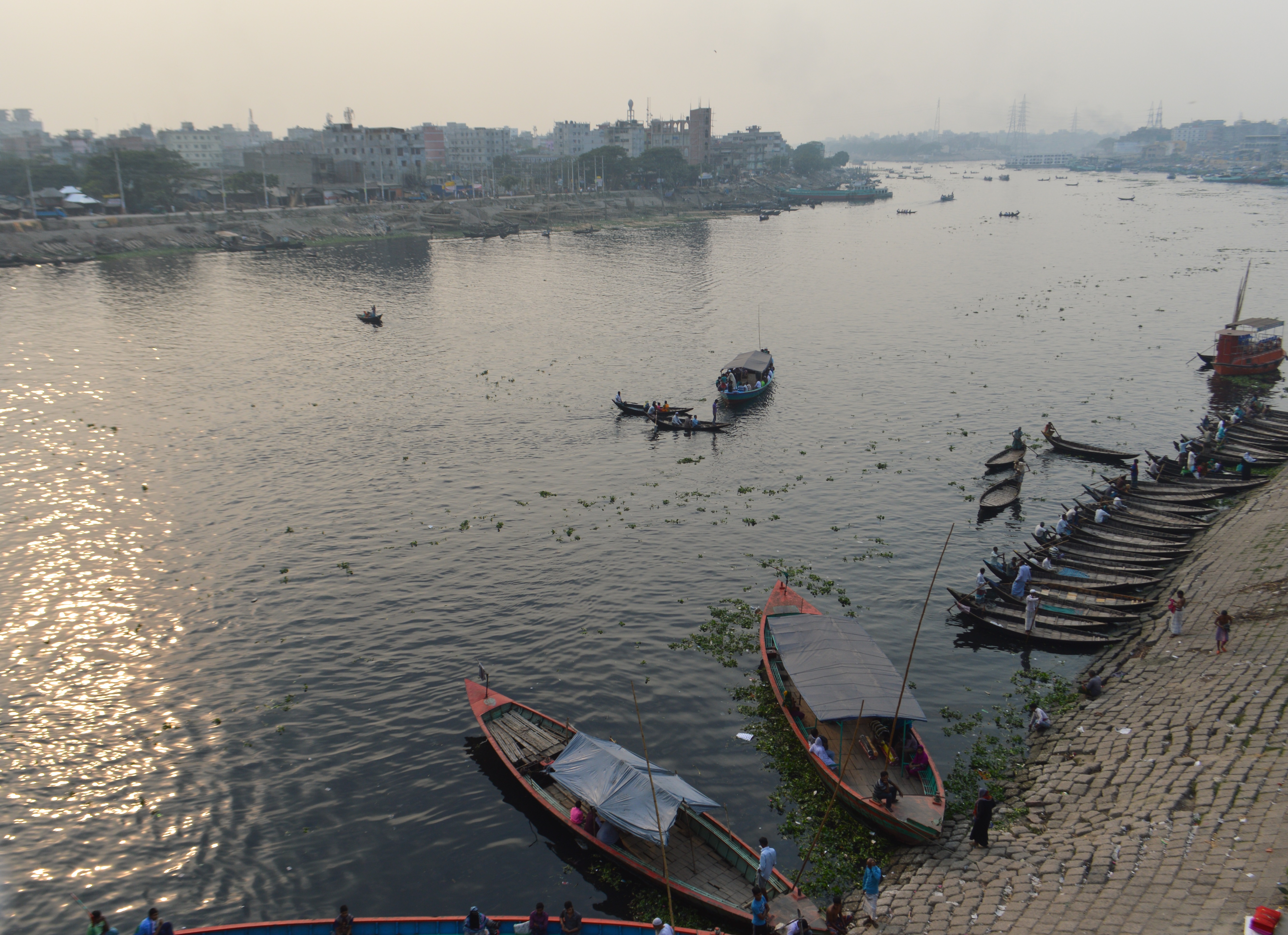
This may be partially true. But we should see it as a case of the credit for peace work going elsewhere, not the failure of peacebuilding itself.
So what is the solution? How we can bring more people together to establish a sustainable society? Well, how about using folk elements to reach more people?
Here specifically folk elements refers to a community’s artistic elements and material artefacts, such as clothes, sculpture, ornaments and communal jargon, offering a unique closeness to their histories.
Folk culture around the world and in Bangladesh
Folk culture can be a powerful tool to popularise social change and conflict transformation. It reflects general feelings and can serve as a strong way to communicate. So folk culture is a potential resource to use against violence, and to build an infrastructure where people can use traditional practices to support peace.
Folk elements can be seen in peacebuilding all over the world. Liberian women sang choruses for change for soldiers involved in the civil war. Pakistan is gradually embracing a culture-based approach to peacebuilding, while Shona folk tales are blended with peace work in Zimbabwe.
Bangladesh’s peacebuilding approach has history. From the 1952 language movement, to the freedom war of 1971, as well as the fall of military dictatorship in the 1990s, folk elements have played a crucial role in supporting people’s courage and unity.
Folk artists have used their work to make people realise the unjustness of oppression, to raise awareness of their right, and to support people to take a unified approach to bringing change.
In Bangladesh, a number of organisations are currently promoting peacebuilding through folk elements. These organisations use cultural heritage dedicated to the welfare of the common people of Bangladesh.
Folk organisations in Bangladesh
Another well regarded organisation is Rupantor. Rupantor works to raise awareness of human rights, violence against women, and children’s rights issues. To do this, they revived a near-to-extinct folk “pot song” from the southern part of Khulna, near the Sundarban impact zone, in 1996. The organisation mixes exotic folk forms with witty lyrics, and is able to reach lots of people – and deliver its message – through this unique form. Rupantor has resuscitated more than 10 folk forms and reformed them to spread development messages to 1.5 million people annually.
Talking about folk movement from a peacebuilding perspective, street theatre plays a crucial role. The Bangladesh Street Theatre Council use the medium of street theatre to reach out to people with the message of confronting extremism, protecting women from violence, and supporting unity against racial aggression. It continuously performs all over Bangladesh and spreads a message of sustainable peace.
Folk artist in peacebuilding – are they safe?
Folk artistry in peacebuilding may sound safe enough, as it uses only cultural elements. But in reality a different story prevails. The most notable attacks on folk artists ever recorded in Bangladesh was the Udichi attack in 1999, and the 2005 bomb attack on the same organisation. There have also been incidents around the country with bards abused and vandalism at folk performances.
The reason in most of the cases is extremism. Extremists think of these artists as potential threat to their goal, and so attack them to stop them. However, such incidents do not in general discourage the artists, and they gain moral uplift and support from the public.
A folk-based future for peace in Bangladesh
Folk artistry tries to bring a shift in attitude, towards people understanding their rights and transfers a message of peacebuilding. Keeping this in view, we need to adopt folk driven peacebuilding approaches as a mainstream one.
Peacebuilding norms typically revolve around dialogue facilitation, workshops and write-ups. A drive to use folk in peacebuilding could help involve more people, by using forms that people can relate to in their lives. Folk songs can be related to inequality; dramas can be staged on societal imbalances; dance can replicate what social stigma and violence can do to a victim. Peacebuilding is all about bringing people together, and folk forms arguably do this better than others in Bangladesh.
A folk-powered shift in peacebuilding norms in Bangladesh could do wonders, make people more aware of their respective rights, and teach them about the strategies and advantages of sustaining peace across the communities – across all of Bangladesh.





